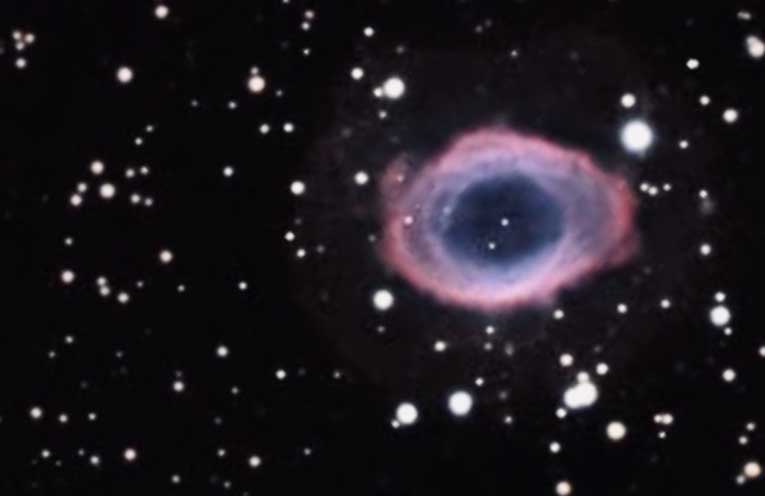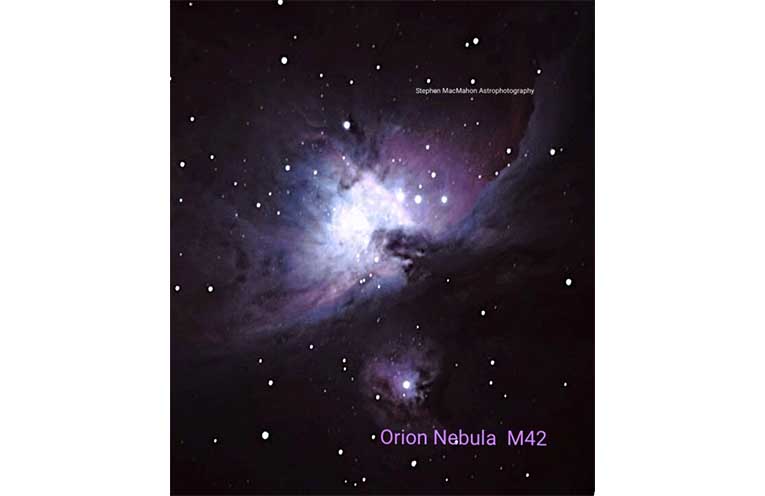
LAST week we looked at human curiosity that continually looks for extraterrestrial life that may either befriend us or attempt to obliterate us.
 Advertise with News of The Area today.
Advertise with News of The Area today.It’s worth it for your business.
Message us.
Phone us – (02) 4981 8882.
Email us – media@newsofthearea.com.au
All we need to do is look up to the stars at night and we easily see stars that are born, they live and they die. Isn’t this “the circle of life?”
The other fascinating thing is every time you look at the stars you are looking back in time. When light reaches us from these vast distant objects, it left before or during the time dinosaurs were wandering the Earth.
Traditionally, science has regarded the universe as made up of inert matter and empty space. Together the extraordinary evidence from cosmology, biology, and physics shows that the universe is not dead but rather uniquely alive, an insight that is in harmony with all of the world’s major spiritual traditions.
THE BIRTH OF STARS:
Stars form in large clouds of interstellar gas that collapse under the influence of gravity. As small pockets of these large clouds collapse, they heat up, start glowing, and eventually get hot enough to start turning hydrogen gas into helium gas in a central core through the process of nuclear fusion. At this point, the gas cloud becomes a star.
When hydrogen turns into helium, a small bit of mass (m) is turned into a huge amount of energy according to Einstein’s famous equation E=mc2 (where c is the speed of light, a very large number)
The big gas clouds in which stars form, often give birth to hundreds of stars at once which set the remaining gas glowing. At this point, the gas cloud becomes a star.
The temperature and lifetime of a star depends on its mass. More massive stars burn faster and live shorter lives, and also have hotter cores and surfaces than less massive smaller stars.
The hottest stars glow with a primarily blue light; cooler stars glow with white, yellow, orange, or reddish light (in order of decreasing temperature)
Astronomers discovered a simple relationship between the brightness and temperature of many stars. They found that hotter, bluer stars were brighter than cooler, whiter stars, which in turn are brighter than cooler, redder stars.
There are some fascinating questions with unknown answers?
1: What is a stars purpose?
2: What is the controlling influence that controls this process?
Does Genesis explain this indirectly in a simple form???
Stars are usually born in communities called “ clusters”. The gravitational pull between the newly formed stars can be so strong, the stars cannot escape and become permanent globular clusters ( Eg; Omega Centaurus) . In other circumstances, the gravitational pull is not as excessive and the stars migrate away to become open clusters (Eg; The Pleiades in Taurus) and eventually isolated lonely stars.
These communities live their lives in neighbourhoods called “Galaxies”. Each galaxy usually hides one or several “black holes”. A black hole is a region of where gravity is so strong that nothing—no particles or even electromagnetic radiation such as light—can escape from it. It mops up remnants of dead stars or any star that migrates into its path.
As galaxies age, it even sends out electromagnetic pulses that stops new stars forming !!!
DEATH OF STARS:
Low mass stars like our “Sun” eventually the core runs out of hydrogen fuel, it then contracts under the weight of gravity. … The upper layers will expand and eject material that will collect around the dying star to form a “planetary nebula”. Finally, the core will cool into a white dwarf and then eventually into a black dwarf.
It is this known fact that stimulates scientists to continually look for planets where humans can resettle once our star reaches its end.
Really massive stars use up their hydrogen fuel much quicker. When this fuel exhausts, they are still hot enough to fuse heavier elements such as helium and carbon. Once there is no fuel left, the star collapses and the outer layers explode as a ‘supernova’.
A supernova is the biggest explosion that humans have ever seen. Each blast is the extremely bright, super-powerful explosion of a super giant star. A supernova is caused by the “last hurrah” of a dying massive star. This happens when a star at least five times the mass of our sun goes out with a fantastic bang!
The three supergiants, Betelgeuse in Orion, Arcturus in Booties and Antares in Scorpius are on Astronomers “short list” awaiting a supernova event. If this event occurs in our lifetime, it’s will be something to behold! Due to the vast distances, we will be safe from the blast here on Earth.
During our public viewings, we endeavour to look at the life of stars with examples showing these amazing events in the telescope.
By Stephen MacMAHON
